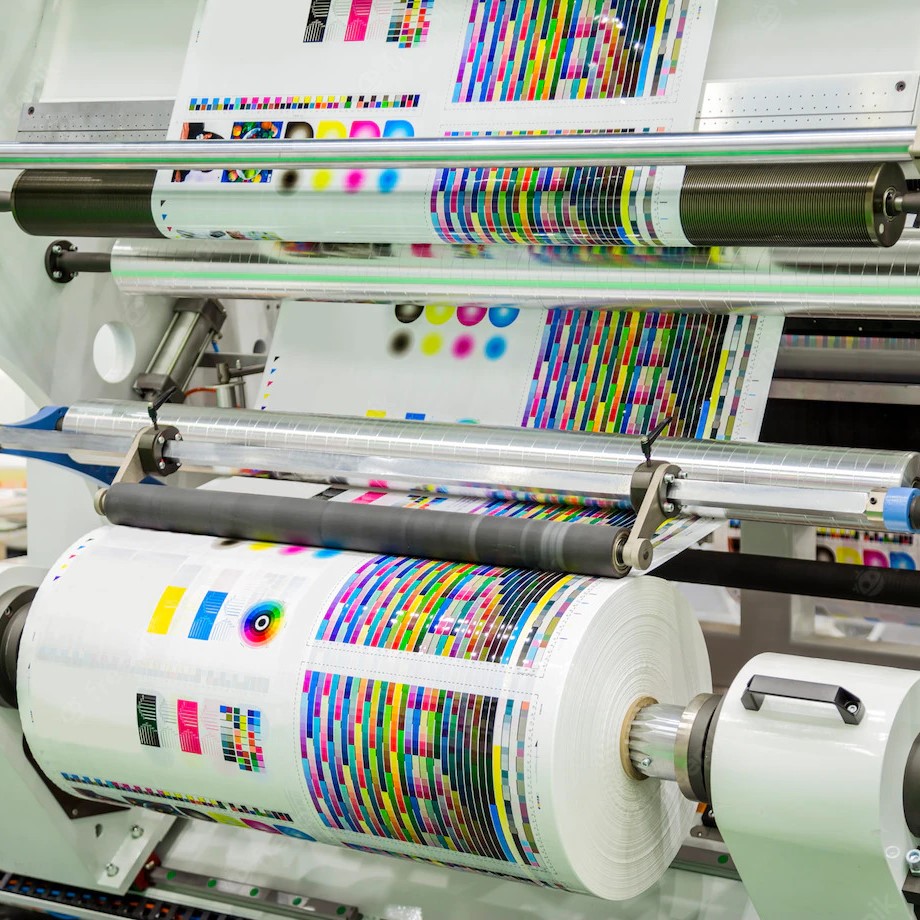Top-Tier litho printing Services for Professional Results
Top-Tier litho printing Services for Professional Results
Blog Article
A Comprehensive Overview to Understanding Litho Printing Methods
The globe of litho printing, a strategy stemming from the late 18th century, is an interesting blend of history, advancement, scientific research and art. Stay with us as we journey right into the exciting world of litho printing.
The Historic Evolution of Litho Printing
The historical trajectory of litho printing, an essential innovation in the realm of communication, is a fascinating story of human resourcefulness. The procedure advanced with the arrival of the rotating press, which greatly increased productivity. Each stage of litho printing's evolution showcases mankind's relentless search of performance and quality in aesthetic communication.
Deciphering the Science Behind Litho Printing Inks
Progressing in the expedition of litho printing strategies, the emphasis currently moves to the science behind litho printing inks. The composition of these inks, their drying out process, and color mixing methods form the foundation of this complicated art kind. Recognizing these components is vital to understanding the craft and accomplishing the wanted print outcomes.
Composition of Litho Inks
In lithographic printing, the fundamental function of litho inks can not be overemphasized. The make-up of litho inks differs relying on its objective, yet generally, they include two primary elements - pigments and vehicles. Pigments, the color-providing components, are carefully ground particles put on hold in the lorry, a liquid that carries the pigment onto the printing surface. The lorry is an intricate blend of solvents, resins, and oils, which affect the ink's drying time, bond, and gloss. In addition, different additives exist to enhance certain residential or commercial properties like circulation, drying out, and resistance to environmental results. Each component plays an important component in the final print's high quality, making the accurate formulation of litho inks a detailed science.
Ink Drying Process
From the structure of litho inks, interest transforms to the fascinating procedure of ink drying out. The drying out procedure is vital, as it impacts the last print's quality and longevity. Two primary techniques are utilized in litho printing: oxidative drying and absorption. Oxidative drying out includes the ink responding with oxygen airborne to develop a tough, completely dry movie. This technique provides a long lasting surface, however can be slower contrasted to absorption. Absorption, on the various other hand, entails the ink seeping into the paper fibers, which is a quicker process but can bring about much less vibrant shades. The selection between these approaches is reliant upon variables such as print speed requirements, the paper type utilized, and the wanted surface.
Color Combining Methods
While the drying procedure plays a crucial role in litho printing, the scientific research of shade blending methods holds equivalent significance. The scientific research behind litho printing inks also takes into account the transparency of the ink, which influences how shades overlay and mix.
The Art and Design Aspects in Litho Printing
Litho printing breathes life right into art and design via its special components. The procedure involves creating a photo on a lithographic sedimentary rock plate or metal plate with a smooth surface area. The image is then published onto a tool, usually paper, by transferring the ink from home plate. What collections litho publishing apart is its ability to replicate navigate to this site complex layouts with high fidelity, making the outcome nearly the same to the initial art work. This is achieved via using various line techniques such as cross-hatching, hatching, and stippling, which permit an array of tonal effects. Litho printing accommodates a selection of shades, go to my site enabling musicians to produce dynamic and dynamic prints. This combination of precision and convenience makes litho printing a recommended option for many artists and developers.
Modern Applications of Litho Printing Techniques
Litho printing techniques have actually found extensive usage in the modern-day commercial market. Its impact and importance remain to expand with the development of brand-new advancements and technologies in the field. This area will explore these modern applications and the transformative role they play in the printing sector.
Commercial Litho Printing Makes Use Of
Litho printing remains a vital part of the commercial market. High-volume printing jobs, such as the production of publications, newspapers, and packaging, depend on litho printing for its capacity to deliver exceptional picture quality and price performance. Litho printing likewise offers a wide shade range, exceptional to that of digital printing.
Innovations in Litho Printing
Pushing the boundaries of traditional strategies, modern-day developments have sustained a host of technologies in litho printing. One popular development is digital litho printing, which combines the merits of digital modern technology with litho's top quality result. These developments emphasize the enduring significance of litho printing in the modern-day world.
Discovering the Refine of Litho Printing: Action by Action

Challenges and Solutions in Contemporary Litho Printing

Despite the precision and practice that litho printing happily maintains, it is not without its collection of contemporary difficulties. Digital litho printing enables for affordable short runs and very easy customization, addressing the issue of variable data. Thus, while there are challenges, the litho printing industry is proactively adjusting to meet them head-on, guaranteeing its relevance in the future.
Conclusion
In conclusion, litho printing, with its rich history and scientific ins and outs, holds a considerable place in the print industry. The future of litho printing hinges on its capacity to adapt to these altering demands, verifying its long-lasting worth in an advancing market.

Report this page